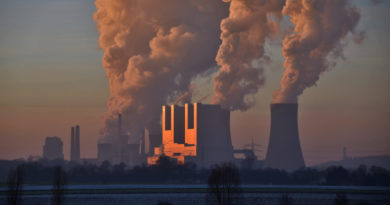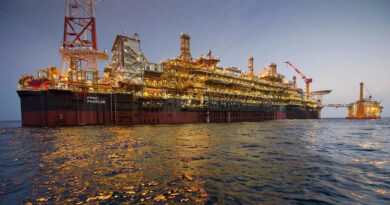Eskom corruption scandal and its implications
Now that Eskom continues with its destructive effort on the South African economy, blaming cold weather for its inability to maintain its generating power infrastructure, it’s time to remember how it all happened.
Eskom was forced to suspend its Chief Financial Officer Anoj Singh in July 2017 when the Development Bank of South Africa threatened to recall an R15 billion loan if no action was taken against Eskom officials (including Singh) who were involved in corruption allegations involving the Gupta family (the so-called State Capture).
In September 2017 Minister for Public Enterprises, Lynne Brown, instructed Eskom to take legal action against firms and individuals involved; ranging from Gupta family-owned consultancy firm Trillian Capital Partners Ltd. and consultancy firm McKinsey to Anoj Singh and acting Chief Executive Matshela Koko.
A report compiled by Eskom and G9 Forensic found that the two consulting firms including Gupta owned Trillian made R1.6 billion (US$120 million) in fees with an additional R7.8 billion made from future contracts.
An investigation done by the amaBhungane Centre for Investigative Journalism found that the Gupta family had received contracts worth R11.7 billion from Eskom to supply coal between 2014 and 2017.
Eskom was pressurised to sign the first coal supply contracts with Gupta owned entities by then President Jacob Zuma.
Investigations
In 2019, South African Special Investigating Unit launched an investigation into corruption related to the construction of the Medupi and Kusile power stations as a cause of repeated construction delays and project cost increases; this led to the investigation of 11 contractors for allegedly stealing R139 billion (US$9.13 billion) from the projects.
In 2019 two senior Eskom managers and two business people were charged with fraud and corruption related to the construction of the Kusile power station.
In January 2020 South African Minister for Public Enterprises, Pravin Gordhan, stated that cost overruns and corruption during the construction of Medupi and Kusile power stations was an important reason for the dramatic increase in Eskom electricity prices.
Price increases
Eskom took out a number of loans to construct the additional capacity and significantly increased electrical tariffs by an average of 22% a year between 2007 and 2015 to in an attempt to offset costs.
In 2019 Eskom controversially applied to the National Energy Regulator of South Africa (NERSA) to increase tariffs by an additional 45% over the proceeding three years arguing that it needs the increase in revenue to avoid a debt induced death spiral.
Eskom was controversially granted a 13.8% increase by NERSA in March 2019.
The South African civil society OUTA stated that by 2019 Eskom’s electrical tariffs had increased by 500% over the previous 11 years. Pietermaritzburg Economic Justice and Dignity stated that the increased tariffs will exacerbate urban poverty negating increases to South Africa’s basic income grant.
Eskom have again applied to NERSA for an urgent 17% increase in tariffs for 2019/2020 in an attempt to make up a R27.323 billion shortfall, Eskom was citing lower returns due to lower sales volumes as main reason for needing this price hike.
The lower sales volumes are directly related to load shedding and Eskom’s failure to maintain capacity. NERSA has opposed an Eskom application to receive an additional R69 billion government bailout whilst Eskom is challenging NERSA’s denial of an additional price increase for 2020/21 of 16% instead of the 8.1% price increase already approved by NERSA.
Public Enterprises Minister Pravin Gordhan has stated that corruption and cost overruns during the construction of Medupi and Kusile power stations have resulted in a fourfold increase in electricity prices. Eskom seems to be a money-hungry monster, a bottomless money-swallowing pit, still running by corrupt managers




